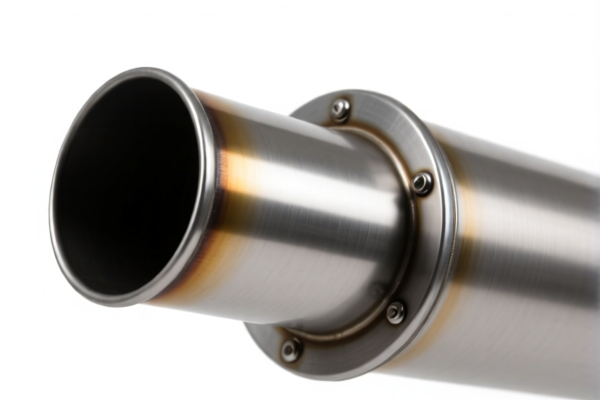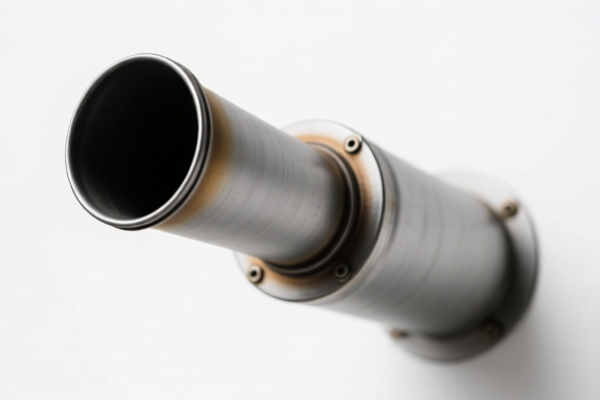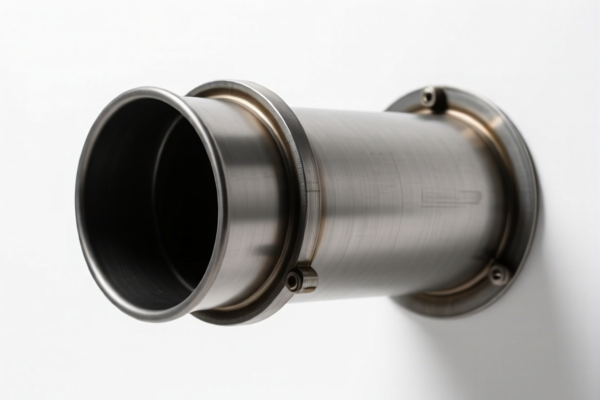| HS Code | Official Doc | Tariff Rate | Origin | Destination | Effective Date |
|---|---|---|---|---|---|
| 3923500000 | Doc | 60.3% | CN | US | 2025-05-12 |
| 3923900080 | Doc | 58.0% | CN | US | 2025-05-12 |




Exhaust Pen
An exhaust pen, also known as a venting pen or stress relief pen, is a writing instrument designed to incorporate a mechanism that provides a physical outlet for stress or anxiety.
Material:
Typically constructed with a plastic or metal (often aluminum alloy) barrel, containing a standard writing refill (ballpoint or gel). The key component is a rotating or sliding element, often made of metal or a durable plastic, that creates a tactile and sometimes audible venting action.
Purpose:
The primary purpose of an exhaust pen is to offer a discreet and portable means of relieving stress, anxiety, or nervous energy. They are used as a fidget tool, allowing users to channel restless energy through a repetitive physical action.
Function:
The pen functions as a standard writing instrument. However, its defining feature is the additional mechanism—typically a rotating end cap, a sliding weight, or a retractable component—that provides resistance and a satisfying tactile feedback when manipulated. The action is not directly related to the writing function; it is purely for sensory and physical release.
Usage Scenarios:
- Workplace: Used during meetings, while on calls, or during periods of high stress to maintain focus and composure.
- Study/Exam Environment: Can help students manage anxiety during exams or while studying.
- Everyday Carry: Used as a general fidget tool for individuals prone to restlessness or anxiety.
- Therapeutic Settings: Sometimes used as a tool to help individuals with attention deficit disorders or anxiety manage their symptoms (though not a replacement for professional treatment).
Common Types:
- Rotating Cap Pens: Feature a knurled or textured cap that rotates around the pen barrel. This is the most common type.
- Sliding Weight Pens: Incorporate a weight that slides back and forth along the pen's axis.
- Retractable Component Pens: Have a component that extends and retracts with a click or sliding action.
- Hybrid Pens: Combine multiple venting mechanisms (e.g., a rotating cap and a sliding weight).
- Refillable vs. Non-Refillable: Some models are designed with replaceable ink refills, while others are not.
Articles for the conveyance or packing of goods, of plastics; stoppers, lids, caps and other closures may be relevant to “exhaust pen”, depending on its specific function and material. Here are the potentially applicable HS codes based on the provided information:
- 3923500000: This HS code covers articles for the conveyance or packing of goods, of plastics; stoppers, lids, caps and other closures: Stoppers, lids, caps and other closures. If the “exhaust pen” functions as a closure for containers or packaging, this code may be applicable. The total tax rate is 60.3%, comprised of a 5.3% base tariff and a 25.0% additional tariff, increasing to 30.0% after April 2, 2025.
- 3923900080: This HS code covers articles for the conveyance or packing of goods, of plastics; stoppers, lids, caps and other closures, of plastics: Other Other. If the “exhaust pen” is made of plastic and functions as a closure but doesn’t fall under the more specific category of 3923500000, this code may be applicable. The total tax rate is 58.0%, comprised of a 3.0% base tariff and a 25.0% additional tariff, increasing to 30.0% after April 2, 2025.
According to the provided reference material, the HS code options related to “exhaust pen” are limited, with only the following 2 found.
It is important to determine the exact function and material composition of the “exhaust pen” to select the most appropriate HS code.
Customer Reviews
No reviews yet.